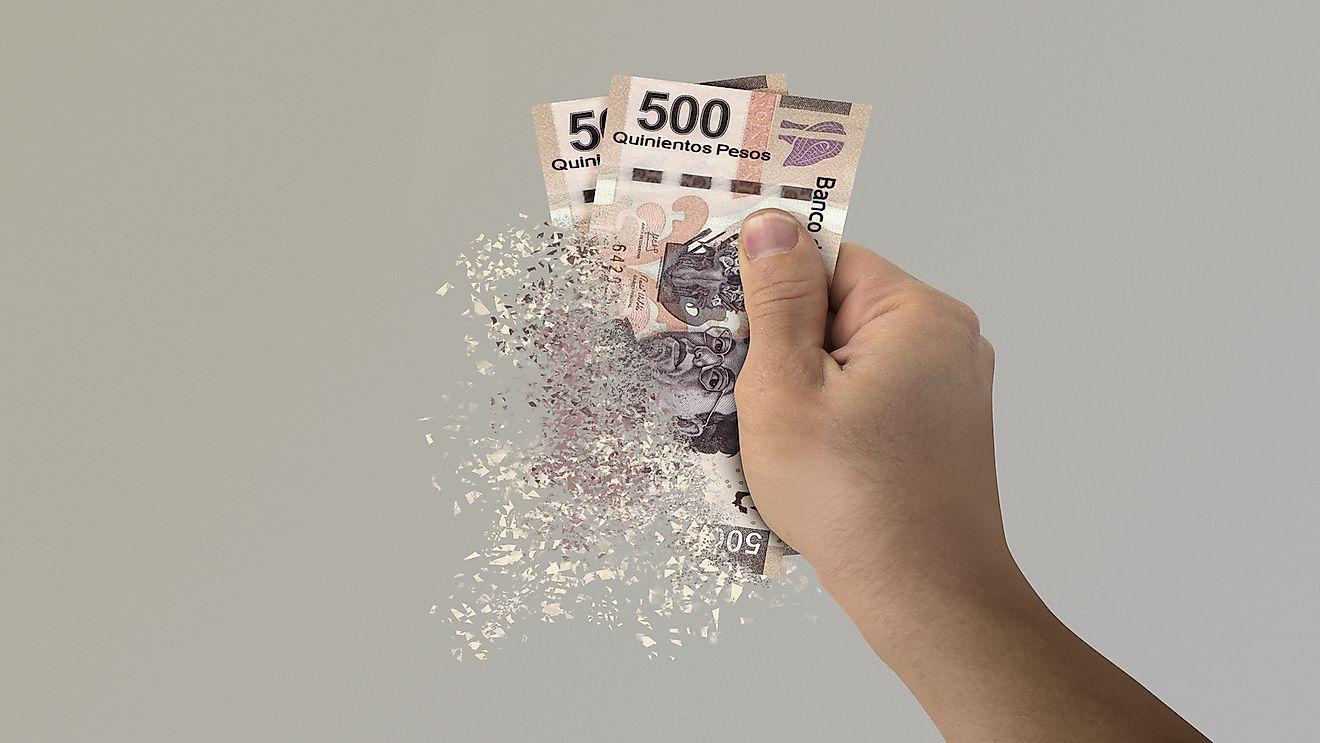The Mexican Peso Crisis

On December 20, 1994, Mexico suddenly devalued the peso against the US dollar, leading to an international financial crisis and causing other currencies in Latin America to decline as well. The financial crisis is commonly referred to as the Mexican peso crisis. The effect of the Mexican peso crisis is popularly known as the “Tequilla Shock” or the “Tequilla Effect.” Three years before the financial crisis, Mexico had maintained the peso within a well-defined band against the US dollar in its exchange rate policy. However, during 1994, the exchange rate policy came under pressure as the government’s account deficit increased to about 8% of the country’s GDP ($29 billion). In response, the peso was devalued by the central bank, leading to a higher risk premium and capital flight.
Breaking Down The Crisis
With incumbent administration serving its final years in 1994, President Carlos Gortari picked Luis Colosio as his party’s presidential candidate for the 1994 presidential election. As was the tradition of the Institutional Revolutionary Party (IRP) during election years, the president embarked on uncontrolled spending. As a result, the country’s current account deficit grew by 8% of the GDP. To try and correct the deficit, the president allowed the treasury to issue more than $25 billion peso-denominated short-term debt indexed to the US dollars. The treasury bills offered attractive returns to foreign investors. However, the rising political instability and the subsequent assassination of Luis Colosio led to higher risk premium on country’s financial assets. Initially, the high-risk premium did not affect the peso because of the fixed exchange rate. Since Banco de Mexico had pegged the peso to the US dollar, the currency depreciated or appreciated with a narrow margin against the dollar.
The Crisis
On December 20, 1994, barely one month into the office, President Ernesto Zedillo informed the public that the peso had been devalued by the Mexican Central Bank by 13 to 15%. Although the bank had promised not to devalue the peso, doing so led to investors’ panic, with the majority losing confidence on the policymakers. Investors increased risk premium on local assets, leading to downward market pressure on the peso and upward market pressure on the country’s interest rates. With a fear of further currency devaluation, foreign investors withdrew sold off shares of stock and capital from Mexican investment. To reduce capital flight, the central bank increased the interest rate to 32%. Two days later the peso was allowed to float freely, leading to a further depreciation of 15%. The crisis resulted in hyperinflation and severe recession.
The Bailout
In response to the Mexican peso crisis, President Bill Clinton sought a bailout from Congress. Subsequently, the Mexican Debt Disclosure Act was passed by the Congress, which President Clinton enacted in April 1995. The law allowed the US to provide a $50 billion bailout package to Mexico to be administered by the IMF supported by the Bank for International Settlement and the G7. In return, the government of Mexico expected to put in place certain monetary policies and fiscal controls as well as maintaining their commitment to the existing policies of the NAFTA.











